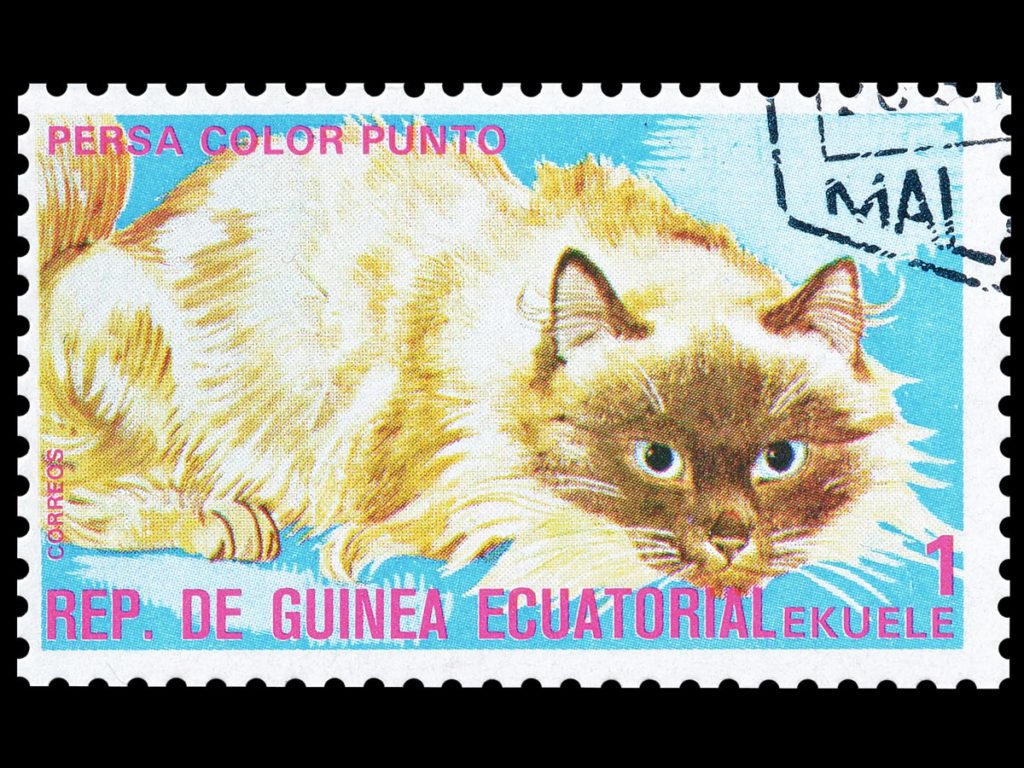The stamp history of the small African country of Equatorial Guinea begins in 1868, when the island of Fernando Poo, under the control of Spain, began using stamps. In 1885, Spain expanded its presence in the region by adding the mainland section of modern-day Equatorial Guinea, Río Muni as a protectorate. (The Treaty of France in 1900 clarified the exact lines and ownership of Río Muni; Spain remained over its control.)
Elobey, Annobón, and Corisco
Other islands in the area, combined into a single entity called “Elobey, Annobón, and Corisco”, issued their own stamps from 1903 — 1910. These are well-known and coveted by stamp collectors. In 1910 the islands began using the stamps that Spain was using in its other nearby colonies.
Browse 584 current Equatorial Guinea stamps and postal collectibles for sale offers here
Spanish Guinea
In 1926, Spain united Río Muni and the various islands nearby into Spanish Guinea. This entity lasted until 1959, and issued many of its own stamps during this time. Due to the number of years, and advancements in engraving and printing, the stamps of this period are highly varied and collectible.
Semi-autonomy and actual autonomy
In 1959, the different colonies were again split apart, and the common name for them became the Spanish Equatorial Region. In 1963, the official name was changed to Equatorial Guinea, and was semi-autonomous. Full independence was gained in 1968; the full name of the country today is the Republic of Equatorial Guinea.
Collecting Equatorial Guinea stamps today
An Equatorial Guinea stamp collection will represent some of the history of Africa’s colonial era as well as that of Spain. The variety of stamps and interesting issues and overprints make for a very engrossing project for anyone interested in starting or building a collection of Equatorial Guinea stamps.










